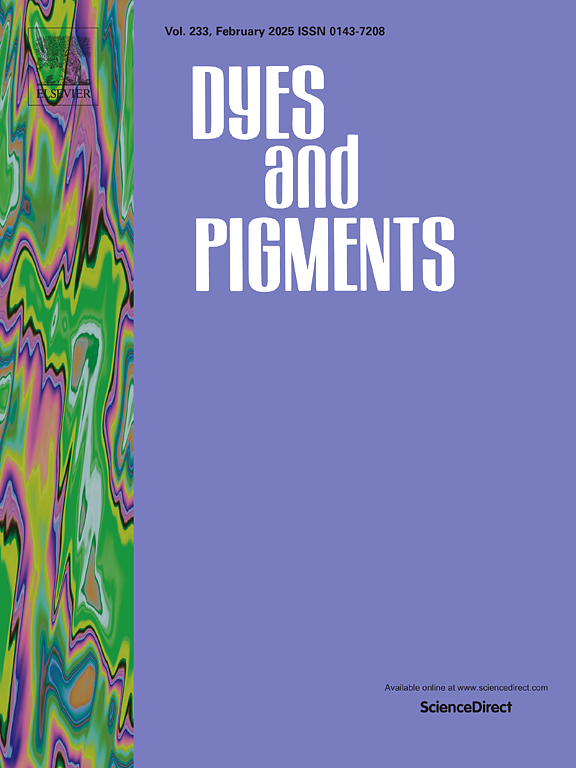A 3D Zn-MOF for luminescent sensing of p-nitrophenol and L-lysine, and enhanced proton conduction properties
IF 4.1
3区 工程技术
Q2 CHEMISTRY, APPLIED
引用次数: 0
Abstract
A new multifunctional [Zn3(stp)2(bpp)4]·2H2O (Zn-MOF) was synthesized by hydrothermal method, using stp3− (2-sulfoterephthalic acid monosodium salt) and bpp (1,3-bis(4-pyridyl)propane). Zn-MOF has been well-characterized structurally by single-crystal X-ray crystallography. Structural analysis revealed that two distinct coordination environments of Zn1 and Zn2 are involved in Zn-MOF. The Zn1 atom is six-coordinated with nitrogen atoms from two bpp ligands, as well as the oxygen atoms from the carboxyl group on stp3− and the sulfonic group on stp3−. Zn2 is six-coordinated with nitrogen atoms from two bpp ligands and the carboxylate oxygen atoms from stp3−, thereby forming a three-dimensional organic framework. And Zn-MOF has excellent luminescence and proton conductivity. Zn-MOF exhibited high selectivity, sensitivity, and uniqueness for p-nitrophenol (4-NP, LOD = 1.68 × 10−5 M) and l-Lysine(L-Lys, LOD = 1.71 × 10−5 M). At 353 K, 100 % RH, the proton conductivity of Zn-MOF reached 3.08 × 10−3 S cm−1.
求助全文
约1分钟内获得全文
求助全文
来源期刊

Dyes and Pigments
工程技术-材料科学:纺织
CiteScore
8.20
自引率
13.30%
发文量
933
审稿时长
33 days
期刊介绍:
Dyes and Pigments covers the scientific and technical aspects of the chemistry and physics of dyes, pigments and their intermediates. Emphasis is placed on the properties of the colouring matters themselves rather than on their applications or the system in which they may be applied.
Thus the journal accepts research and review papers on the synthesis of dyes, pigments and intermediates, their physical or chemical properties, e.g. spectroscopic, surface, solution or solid state characteristics, the physical aspects of their preparation, e.g. precipitation, nucleation and growth, crystal formation, liquid crystalline characteristics, their photochemical, ecological or biological properties and the relationship between colour and chemical constitution. However, papers are considered which deal with the more fundamental aspects of colourant application and of the interactions of colourants with substrates or media.
The journal will interest a wide variety of workers in a range of disciplines whose work involves dyes, pigments and their intermediates, and provides a platform for investigators with common interests but diverse fields of activity such as cosmetics, reprographics, dye and pigment synthesis, medical research, polymers, etc.
 求助内容:
求助内容: 应助结果提醒方式:
应助结果提醒方式:


